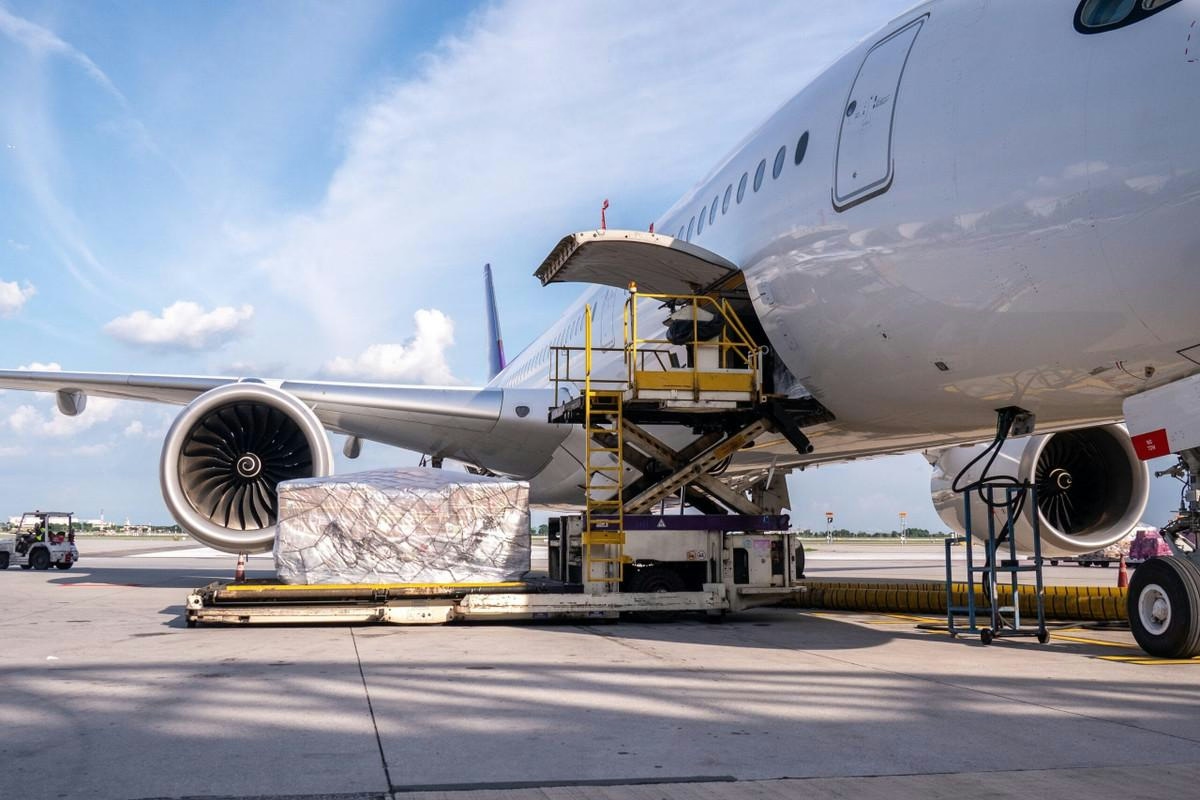
AeroGenie - مساعد الطيار الذكي الخاص بك.
الرائج الآن
Categories
Flying Taxis Near Reality but Face Key Challenges
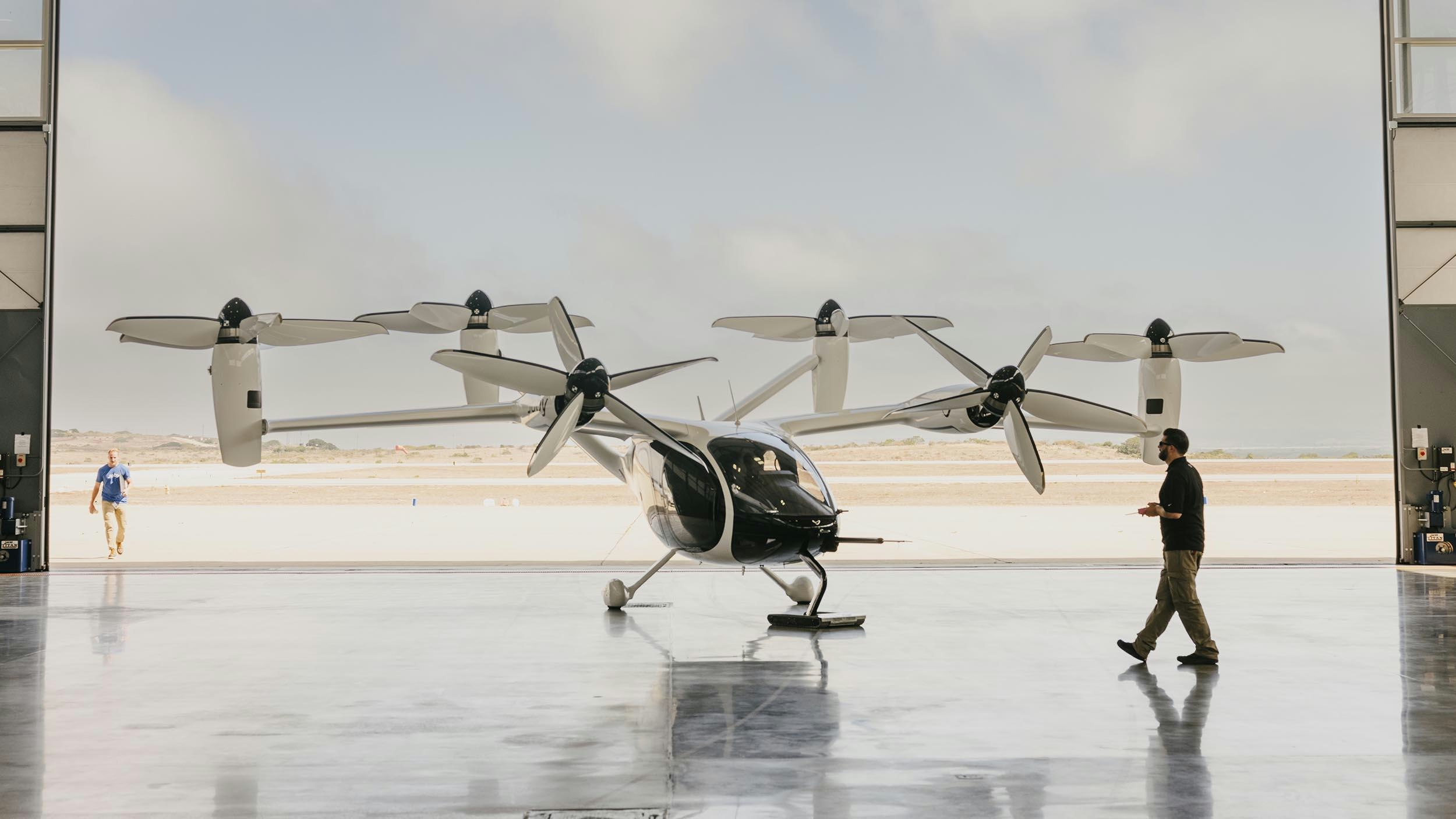
Flying Taxis Near Reality but Face Key Challenges
A new chapter in urban transportation is unfolding as electric air taxis, once confined to the realm of science fiction, approach practical implementation. This emerging sector, known as advanced air mobility (AAM), seeks to enhance connectivity between communities while simultaneously reducing emissions and noise pollution. Despite notable technological advancements, experts warn that significant challenges must be overcome before flying taxis become a common feature in city skies.
Technological Progress and Certification Challenges
Companies such as Alef Aeronautics, Joby Aviation, Lilium, Archer, and EHang have driven rapid innovation in the field, capitalizing on improvements in battery technology, automation, distributed propulsion, and lightweight composite materials. These developments have resulted in aircraft that are quieter, lighter, and more energy-efficient. Laurie Garrow, professor at Georgia Tech and co-director of the Center for Urban and Regional Air Mobility, highlights that many of the battery and automation technologies initially developed for electric ground vehicles are now being adapted for aviation.
Nonetheless, Garrow stresses that the transition to widespread commercial service remains several years away. While high-profile demonstrations may occur soon, potentially at global events such as the Olympics, the aviation certification process is stringent and time-consuming. Earning public trust through rigorous safety validation is a critical step that cannot be rushed.
Safety, Regulation, and Public Acceptance
The promise of AAM extends beyond technological innovation to encompass safety frameworks, regulatory standards, and public confidence. Garrow emphasizes the necessity of establishing “roads in the sky”—designated air corridors where flying taxis can safely coexist with traditional air traffic. This will require the evolution of certification standards, air traffic control systems, and pilot training programs in parallel with technological progress.
Recent incidents, including a collision during an air show rehearsal in China, have highlighted the inherent risks and contributed to skepticism regarding the safety and practicality of flying taxis. Although some companies have obtained permits in international markets and continue to advance their development efforts, investor caution remains prevalent.
Urban Integration and Infrastructure Development
Integrating flying taxis into complex urban environments demands a thorough understanding of their operational dynamics. Marilyn Smith, professor at Georgia Tech’s School of Aerospace Engineering, leads research focused on real-time modeling and simulation to prepare these aircraft for real-world conditions. Her team employs fast, physics-based models capable of near-real-time analysis to inform both design and regulatory decisions. Artificial intelligence is also being incorporated to expedite certification processes, albeit under expert supervision to maintain safety standards.
On the infrastructure front, the establishment of vertiports for vertical takeoff and landing, reliable charging systems, and fire safety protocols for high-energy batteries are essential prerequisites. Garrow notes that managing air traffic around existing airports will require clear “rules of the road in the sky.” Cities such as Atlanta, with their distinctive runway configurations and population distributions, may offer strategic advantages for early adoption of flying taxi services.
Industry Momentum Amid Ongoing Challenges
Despite the regulatory and technical hurdles, the flying taxi industry is gaining traction, particularly in China, where startups are making notable technical progress. Competitors continue to refine their aircraft designs and explore new markets, yet the path to widespread adoption remains intricate and multifaceted.
As flying taxis approach operational reality, the coming years will be pivotal in determining whether technological innovation, infrastructure development, and regulatory frameworks can converge to safely integrate these aircraft into everyday urban life.

FACTS Summit 2025 in Sydney Highlights Innovation and Sustainability in Asia-Pacific Corporate Travel and Aviation
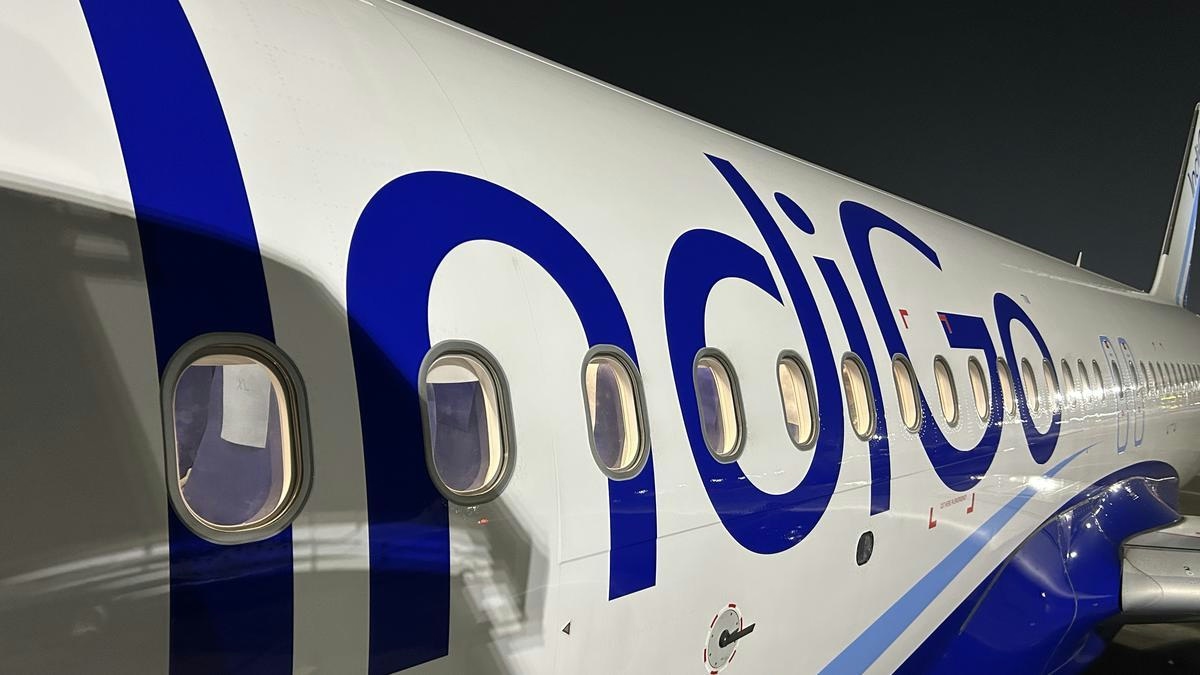
IndiGo to Deploy Wide-Body Aircraft on Vijayawada-Hyderabad Route, Says MP
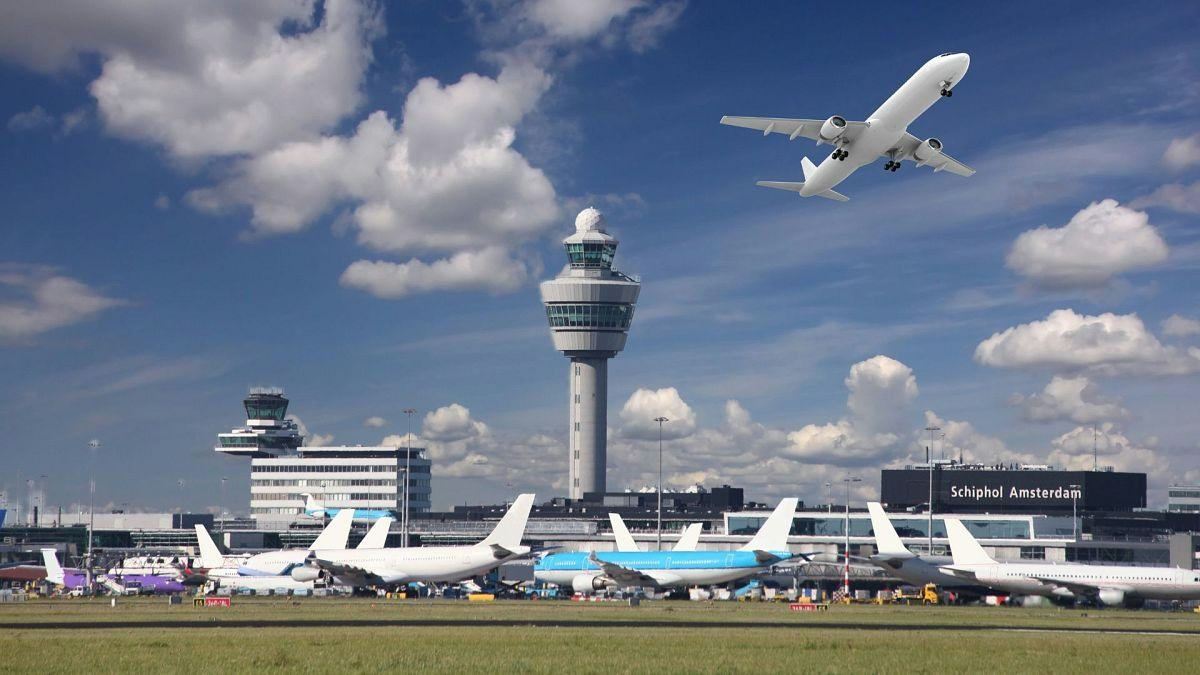
Europe Unveils New Aviation Strategy to Promote Cleaner, Faster Flights
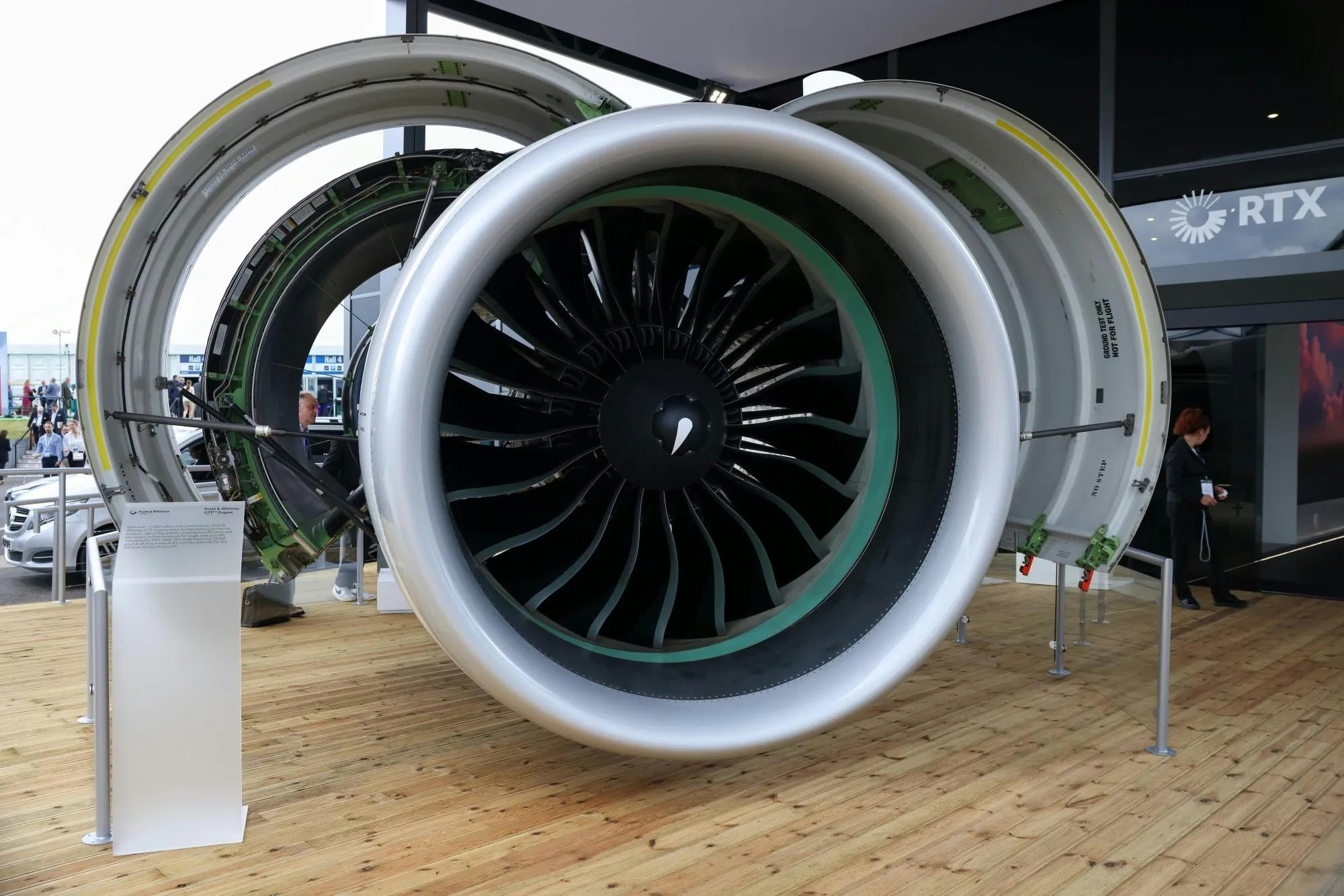
Spirit Signs Agreement with Pratt & Whitney Units on Aircraft Engines

ADB SAFEGATE Receives Industry Awards for Marketing, R&D, and Social Impact

GA Telesis Secures Five-Year Landing Gear Overhaul Agreement with Major U.S. Carrier
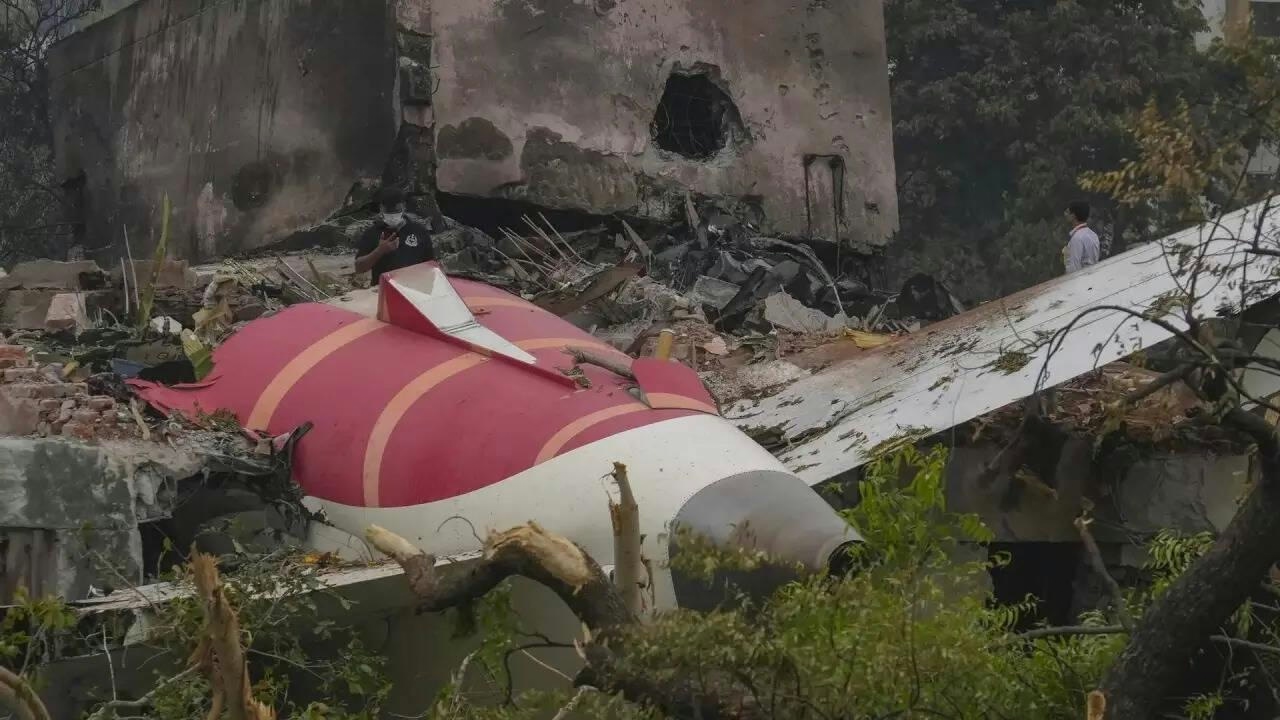
Government Strengthens Aviation Safety Framework Amid AI-171 Investigation

NASA Software Raises Bar for Aircraft Icing Research
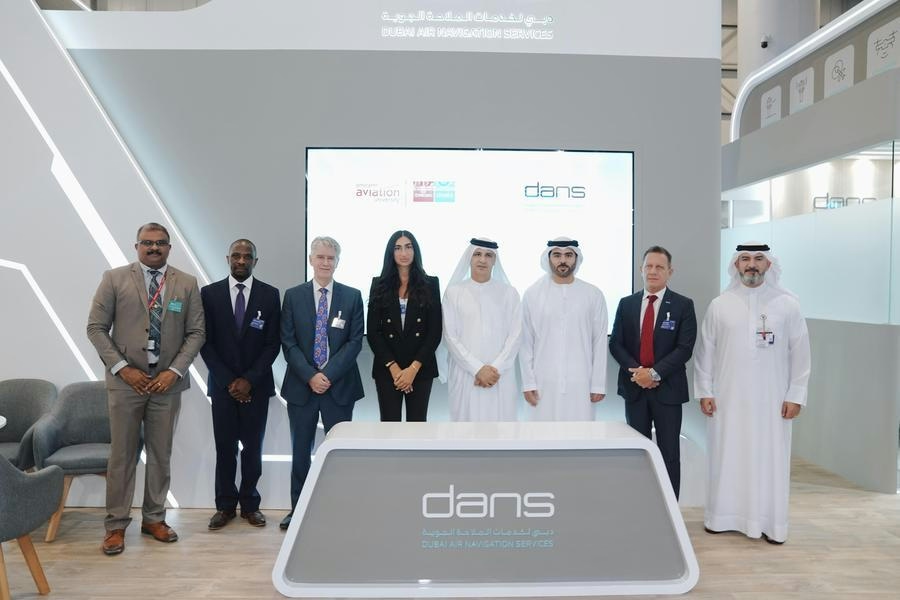
Dans and Emirates Aviation University Partner on AI Air Traffic Management Research
